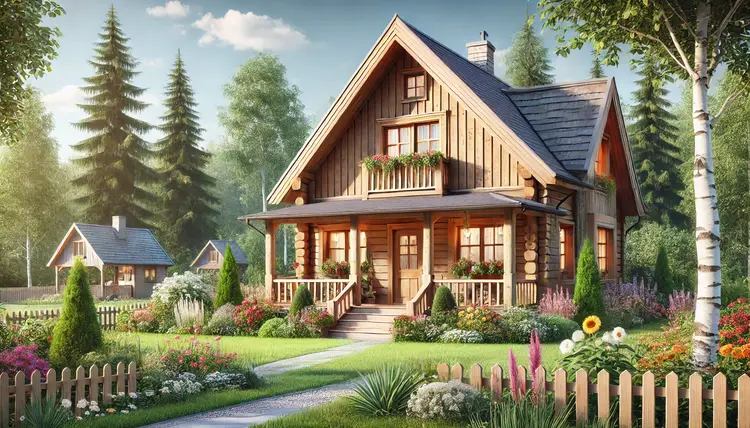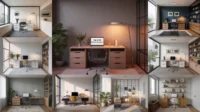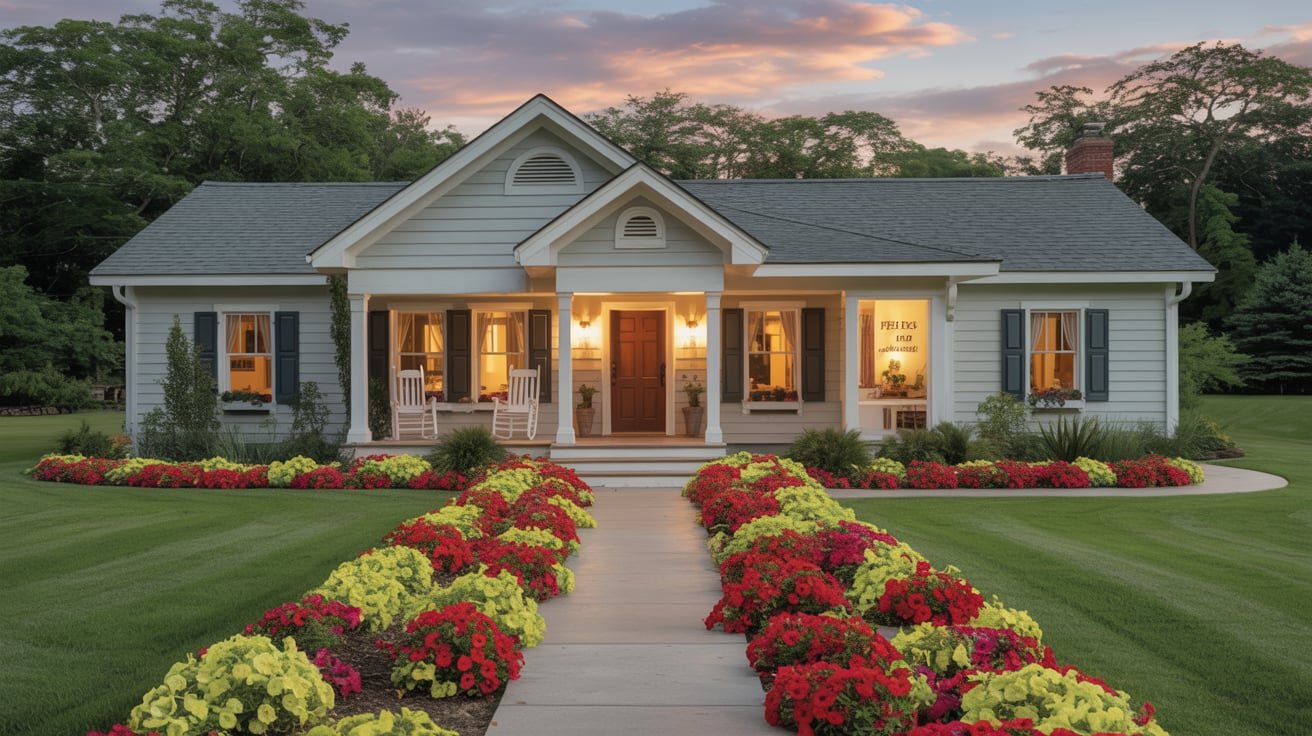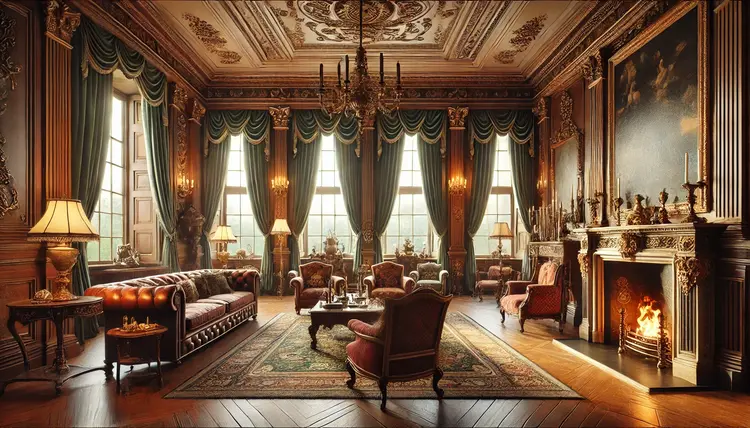Stylish Contemporary Home Design for Modern Living
Published: 18 Mar 2025
Introduction
Modern home design can easily be termed as modern living, which today’s homeowners prefer due to its high degree of turn and complexity. This architecture style has a central aspect to it in the form of its minimalism, functionality and ability to blend with the surrounding environment to make it encompass the balance between aesthetics and practicality.
What Defines Contemporary Home Design
One of the defining features of modern home design is the modern look it incorporates, with its walls or items designed in modern materials that are unrefined, combined with an open space. The contemporary style does not follow the traditions of architectural styles. Instead, it is a developing style and welcomes all new trends. This creates a huge space for diversity, starting from bare neatened bedrooms to striking decorative ones.
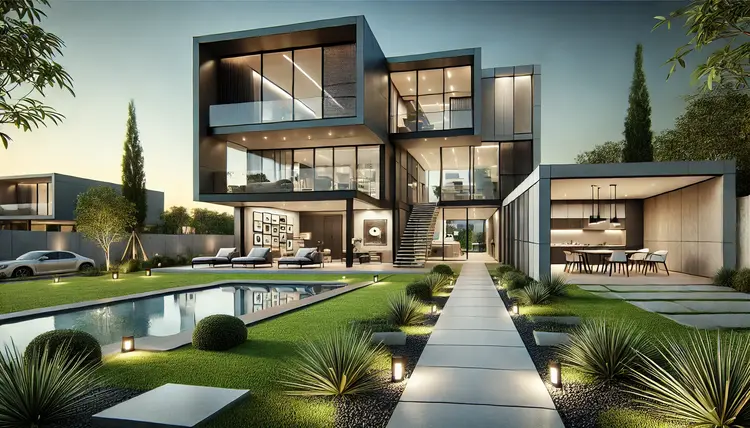
Contemporary Home Design Components
Open Concept/Space
The interior spaces in contemporary homes are also seamless as it has a huge space-saving quality, enabling free movement within the different areas of the house. This is perfect for family use as well as having guests over.
Heavy Use of Glass
To strengthen the integration with nature, oversized glass chandeliers and doors are used alongside broad windows. This allows people to view the outside setting and bring warmth into the room. Such transparency not only beautifies the space but also improves energy saving by reducing the need for artificial light.
Sustainable Materials
The use of eco-friendly materials is a signature of current-day design. Sourcing and using recycled or ethically sourced materials displays a concern for the environment.
Minimalist Aesthetics
Simplicity and the absence of what is not necessary are the focal points of the minimalist strategy. This creates an uncluttered design of space, allowing both the function and the form to stand out.
Integration with Nature
Current-day architecture encompasses a wide range of features such as patios, decks, landscaped gardens and more, that help blend interior spaces with the outside. This combination draws the best of both worlds and creates a good living space.
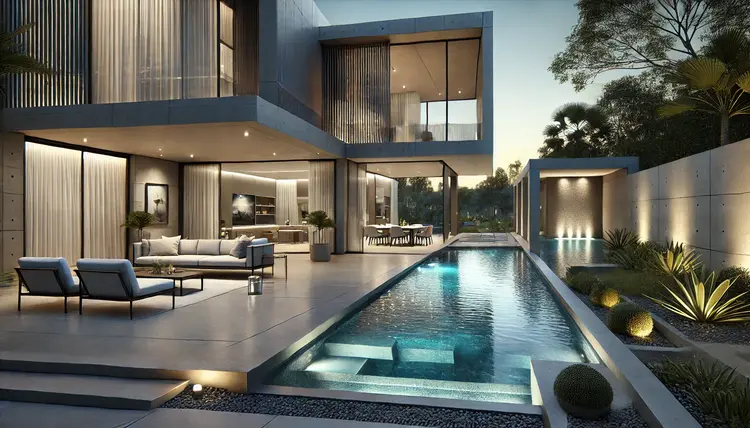
Adding Contemporary Aesthetics to a Particular Space
Here are elements that will help those trying to add a contemporary touch to their interiors:
Neutral Colour Palette
Make use of white, gray and beige colors as the tonal base and add accents of any color for interest and depth.
Innovative Lighting
Use modern light fixtures that are primarily meant for decorative purposes. Make use of LED lights and systems that control the lights in your house to help with aesthetics and energy saving.
Functional Furniture
Pick out furniture that is made for beauty and comfort and caters to the purpose of the furniture. Use furniture that serves multiple purposes to save space and offer more flexibility.
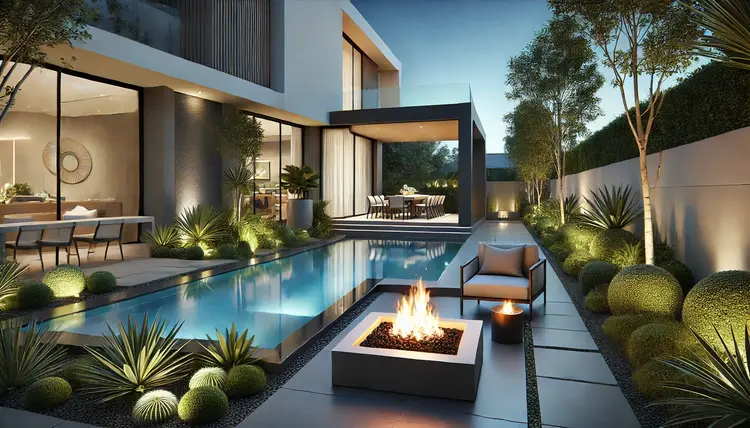
Adding Art Pieces
Consider adding art pieces like abstract sculptures to your space. These types of pieces serve well as focal points in a minimalist design.
Increased Property Value
One benefit of clean lines and open spaces is they enhance the overall aesthetic of the property, which in return increases its value.
Lower Utility Costs
Using modern technology and updated building techniques helps reduce utility costs, thus minimizing the impact made on the environment.
Expanded Potential
One of the characteristics of contemporary design is that it is always changing, which allows the user to expand the potential of the space however they want, in a way that fits their personal style and preferences.
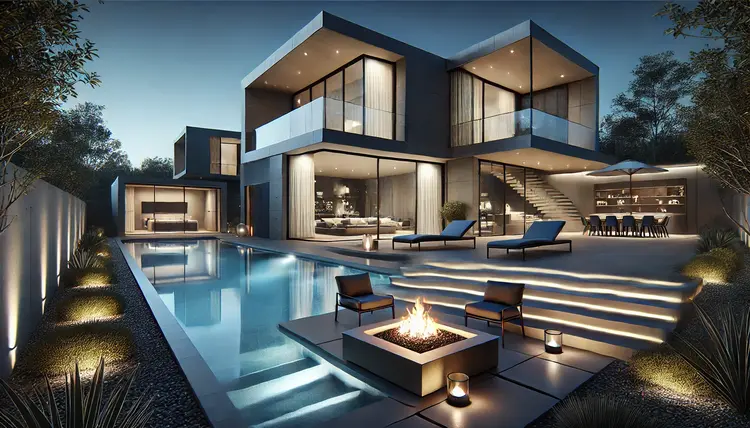
In Closing
Integrating contemporary home design in your house is a great way to make it feel modern while at the same time comforting and extremely functional. By maintaining a focus on small details like using sustainable materials, having open floor designs or ensuring the design is practical, a person will be able to synchronize the space with current lifestyle expectations.
FAQs
How does modern home design differ from contemporary home designs?
The main difference is the time period in which the styles are set. Contemporary modern design allows for ever-growing change as it incorporates current-day trends, whereas modern home design is based around a set historical period between the early to mid-20th century.
How can I incorporate energy-efficiency into my home, while also achieving a modern design?
Amplifying the amount of natural light brought into the room through the installation of large windows, using navigable walls with remedial building materials and fitting efficient systems or devices can significantly improve energy efficiency.
Can contemporary design fit small spaces?
Yes, the focus on minimalism and open space can enhance the feeling of size and usability in cramping spaces.
Can traditional houses be remolded to embrace a modern design?
Yes, with the right fitting of layout models that provide visually appealing colors and other modern materials, there is a high probability of transforming a traditional house into a modern one.
How can I take on a modern or contemporary look without breaking the bank?
Some of the easy fixes like repainting walls to nude shades or timber, changing lights and removing excess items from the area can all contribute to creating a contemporary look for cheap.

- Be Respectful
- Stay Relevant
- Stay Positive
- True Feedback
- Encourage Discussion
- Avoid Spamming
- No Fake News
- Don't Copy-Paste
- No Personal Attacks

- Be Respectful
- Stay Relevant
- Stay Positive
- True Feedback
- Encourage Discussion
- Avoid Spamming
- No Fake News
- Don't Copy-Paste
- No Personal Attacks
